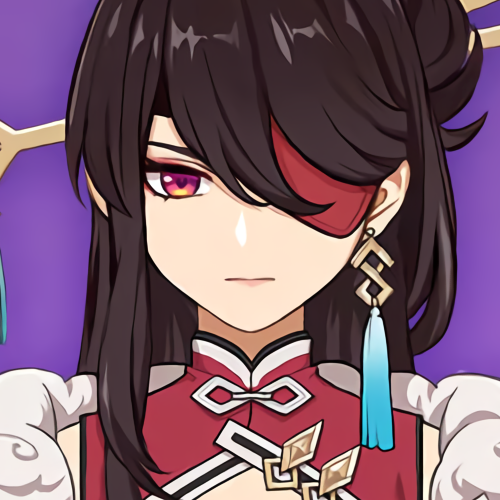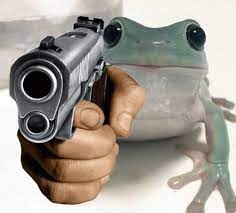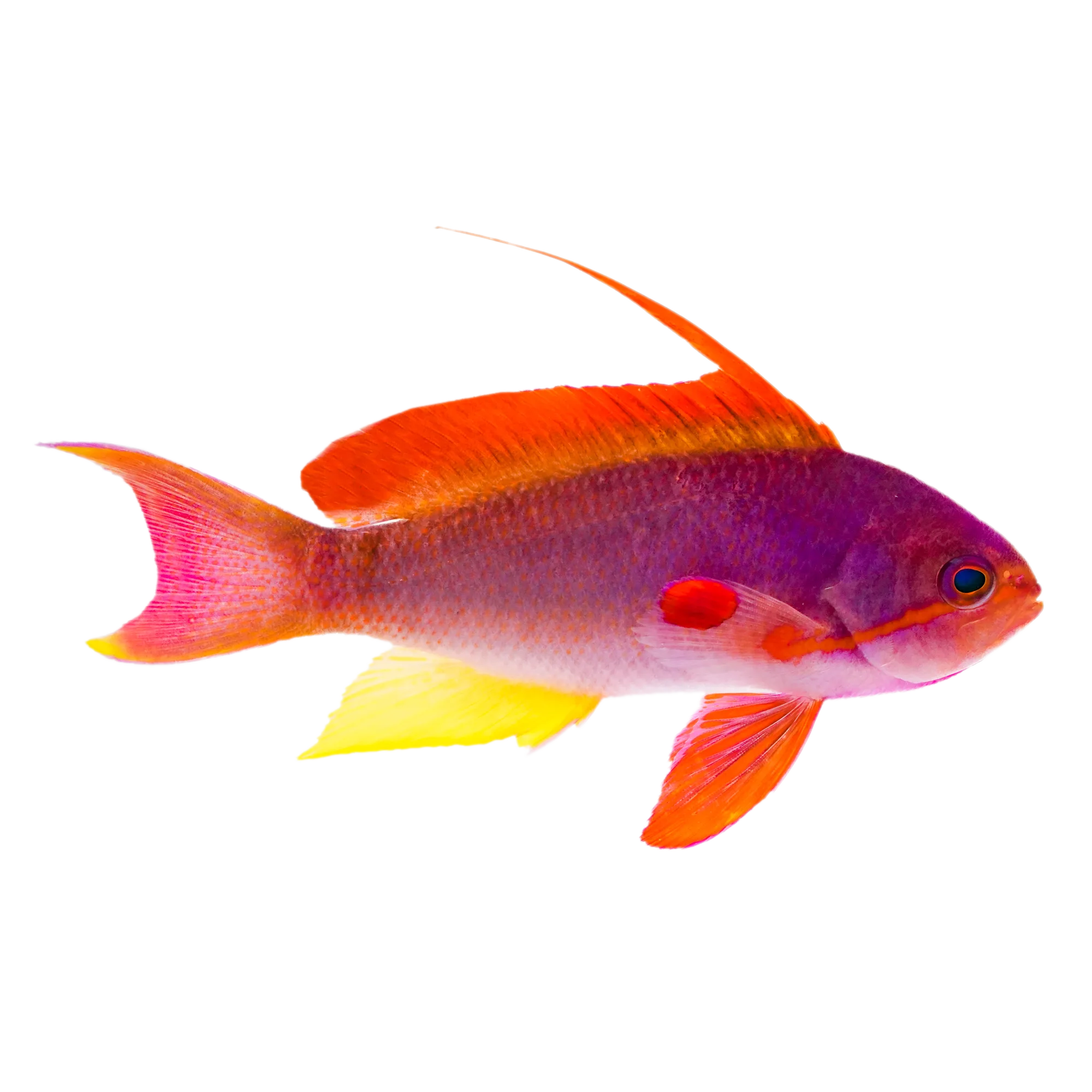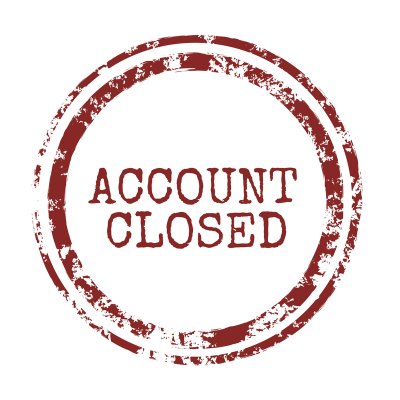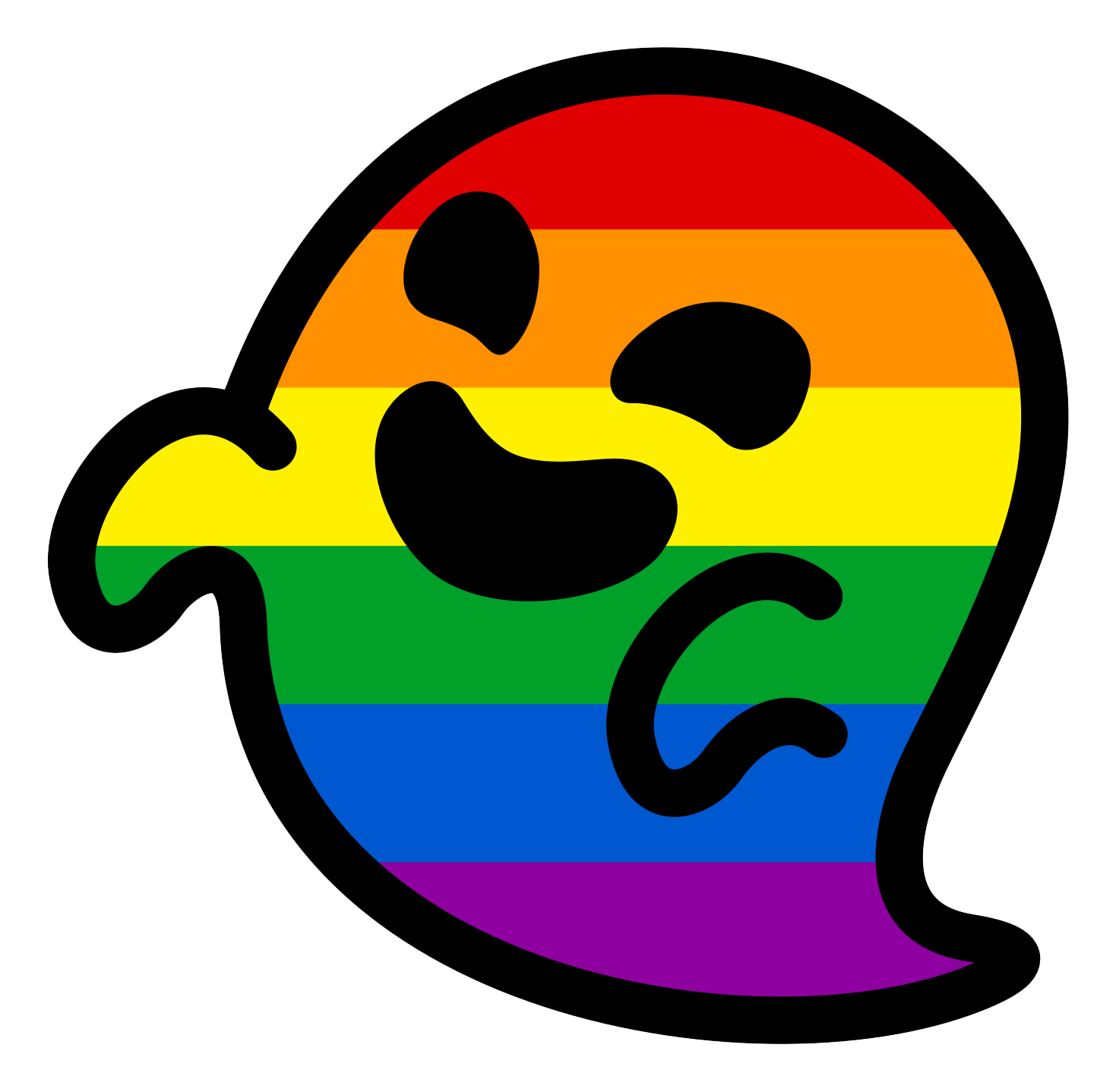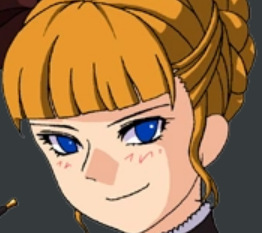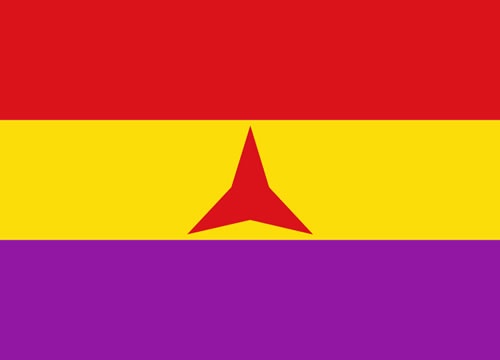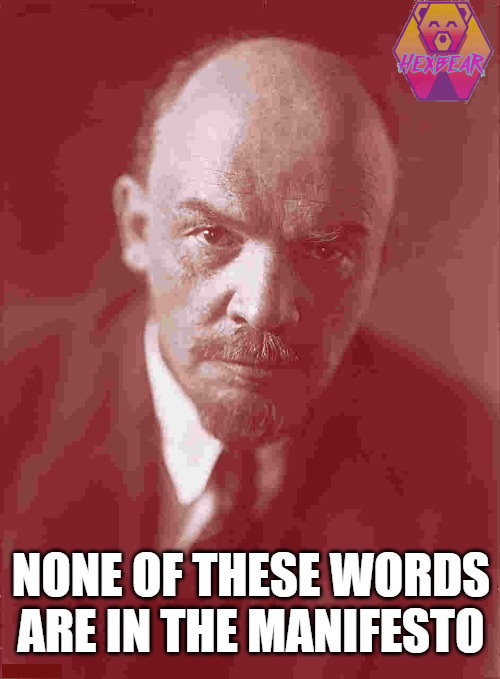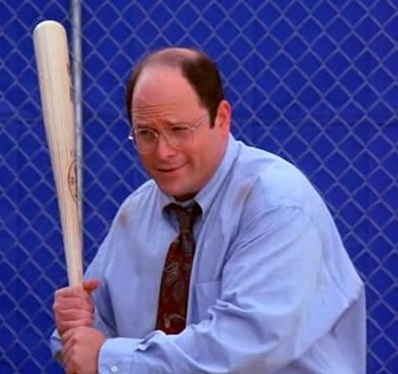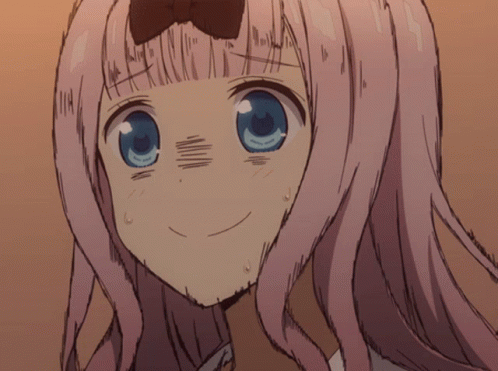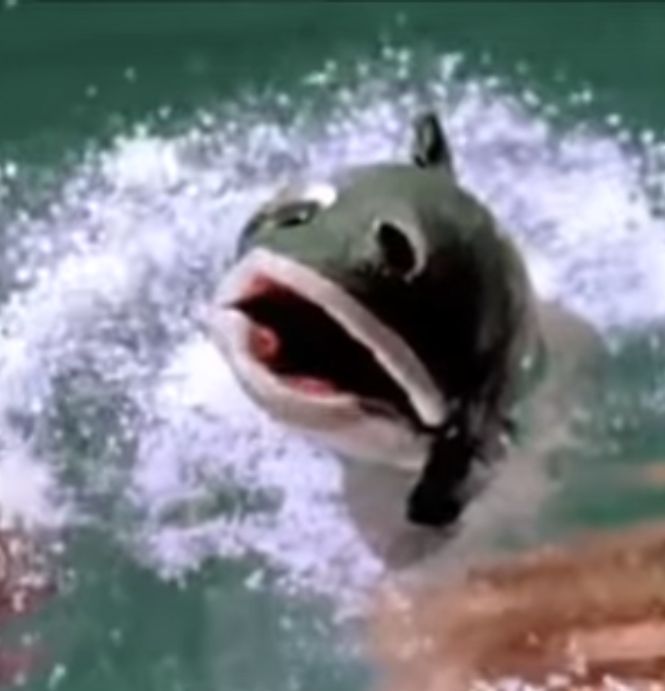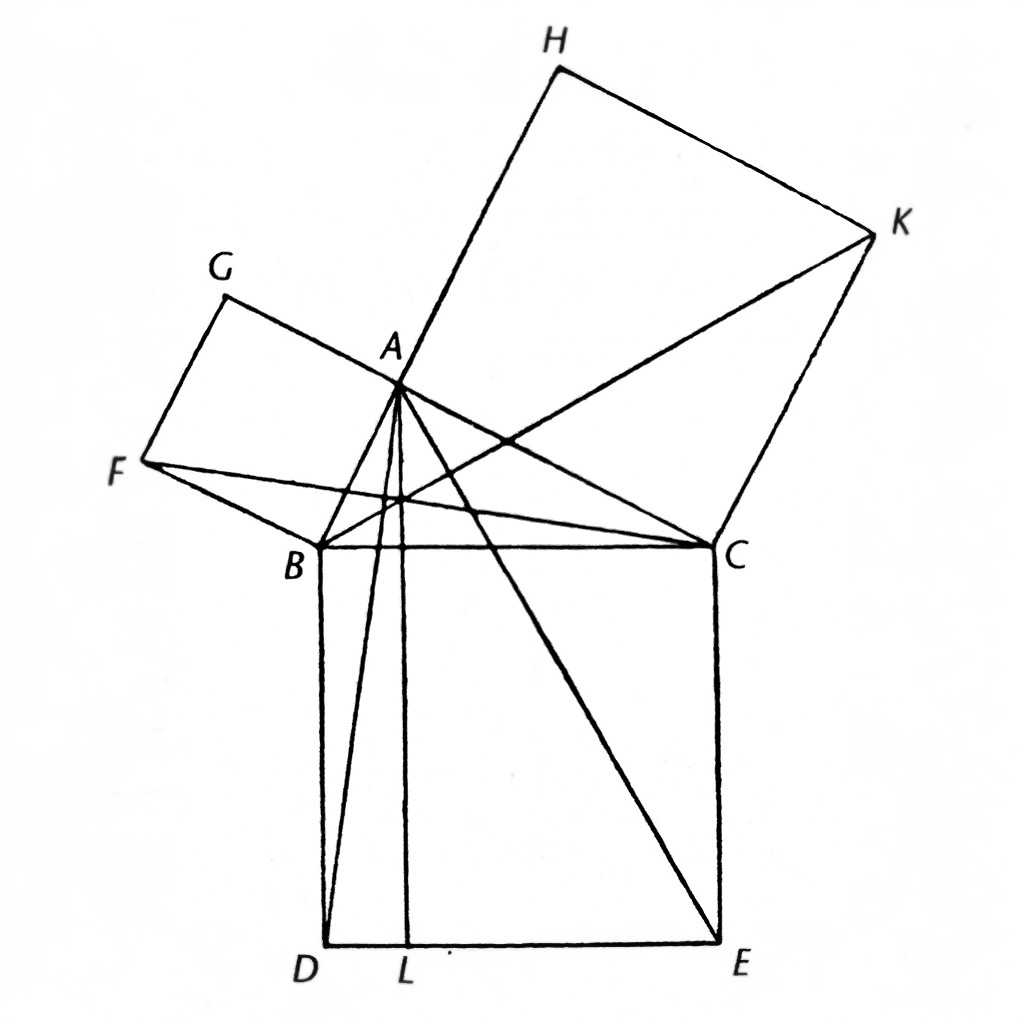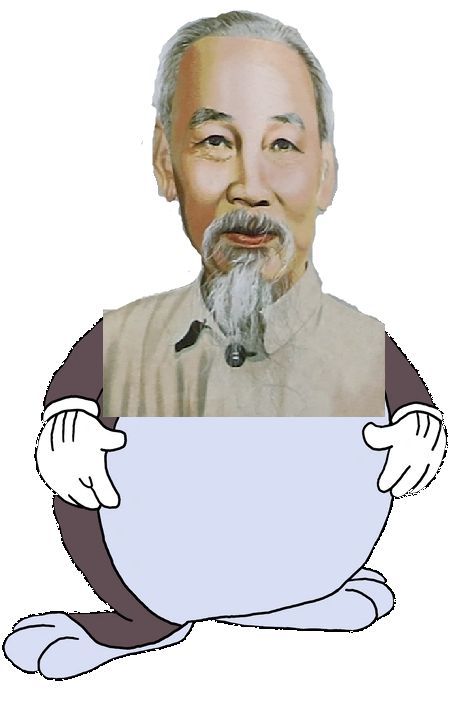note: ignore the 2017 this is the best picture and I'm not skilled enough to edit it out
World Keffiyeh Day was thought up by a Palestinian student who wanted to use what is considered the most iconic symbol of Palestine, the Keffiyeh, as a visual means to raise awareness about the Palestinian cause and their right to justice and dignity. With the strong backing of Solidarity for Palestinian Human Rights (SPHR) – a student-run organization at Concordia University – Montreal, Canada, World Keffiyeh Day was established.
It was first launched and celebrated on May 11, 2016, and the response to the movement was heart-warming. People from all over the world shared photos on Twitter, Facebook and Instagram wearing their Keffiyeh with messages of support for a nation of people who simply want the right to self-determination and freedom.
The Keffiyeh itself holds no affiliation with any political groups but has personal meaning to many Palestinians and its supporters worldwide as a symbol of patriotism, hope and resistance. The founders of World Keffiyeh Day want to use the scarf as a way of positively encouraging people to learn about Palestinians and their culture but also to understand the “Nakba” (meaning the catastrophe in Arabic) the day that led to the displacement of more than 700,000 Palestinians from their homes leading to millions of Palestinian refugees all over the world today.
With the extraordinary power of social media, the dedication of student groups and the support of charitable organizations the movement has been possible. World Keffiyeh is to be commemorated on an annual basis on 11th of May.
https://mondoweiss.net/2017/05/support-palestinian-keffiyeh/
More about the Keffiyeh itself
The keffiyeh or kufiyya is a traditional headdress worn by men from parts of the Middle East. It is fashioned from a square scarf, and is usually made of cotton. The keffiyeh is commonly found in arid regions, as it provides protection from sunburn, dust and sand. An agal is often used by Arabs to keep it in place. Although now it is worn by many young people regardless of gender sometimes in the fashion of a scarf, bandana, or hijab.
Traditionally worn by Palestinian farmers, the keffiyeh became worn by Palestinian men of any rank and became a symbol of Palestinian nationalism during the Arab Revolt of the 1930s. Its prominence increased during the 1960s with the beginning of the Palestinian resistance movement and its adoption by Palestinian leader Yasser Arafat.
The black-and-white fishnet pattern keffiyeh would later become Arafat's iconic symbol, and he would rarely be seen without it; only occasionally would he wear a military cap, or, in colder climates, a Russian-style ushanka hat. Arafat would wear his keffiyeh in a semi-traditional way, wrapped around his head via an agal. He also wore a similarly patterned piece of cloth in the neckline of his military fatigues. Early on, he had made it his personal trademark to drape the scarf over his right shoulder only, arranging it in the rough shape of a triangle, to resemble the outlines of historic Palestine. This way of wearing the keffiyeh became a symbol of Arafat as a person and political leader, and it has not been imitated by other Palestinian leaders.
Another Palestinian figure associated with the keffiyeh is Leila Khaled, a female member of the armed wing of the Popular Front for the Liberation of Palestine. Several photographs of Khaled circulated in the Western newspapers after the hijacking of TWA Flight 840 and the Dawson's Field hijackings. These photos often included Khaled wearing a keffiyeh in the style of a Muslim woman's hijab, wrapped around the head and shoulders. This was unusual, as the keffiyeh is associated with Arab masculinity, and many believe this to be something of a fashion statement by Khaled, denoting her equality with men in the Palestinian armed struggle.
The colors of the stitching in a keffiyeh are also vaguely associated with Palestinians' political sympathies. Traditional black and white keffiyehs became associated with Fatah. Later, red and white keffiyehs were adopted by Palestinian Marxists, such as the PFLP.
More about Palestinian made keffiyehs
Hirbawi Textile Factory is a small, family-run factory, tucked away in a quiet neighborhood in Hebron, one of Palestine’s largest cities. Here, local Palestinian artisans are constantly weaving authentic keffiyehs in many colors and local patterns. The Hirbawi keffiyeh is the only keffiyeh to be authentically made in Palestine, and this factory is the last Palestinian factory keeping the tradition and detailed craft alive. Over the last century, the keffiyeh has become synonymous with the struggle for Palestinian freedom & self-determination, and Hirbawi has become the cultivator of that symbol, and a symbol itself of Palestinian steadfastness.
Each Palestinian keffiyeh is handmade using a specific cross-stitching technique developed over decades. Traditionally, the keffiyeh is woven on two layers, the “base”, and the “pattern” or “flower” ( وردة) in Arabic. The looms must be monitored and adjusted constantly, and the threads between the patterns are cut manually while the machine is running. After a roll of keffiyehs is woven on the machines, they are sewn individually and tassels added. Each keffiyeh takes up to an hour to produce, and only a handful of people still know these techniques that were honed over time, through many generations.
The Hirbawi Textile factory has kept these techniques alive since it was started in 1961 by Yasser Hirbawi. It took Yasser nine years to learn the art of weaving keffiyehs with the large and complex industrial looms, and he passed on his skills to his sons. They carry on the tradition, making sure the craft continued to survive even after their father passed away in 2018.
On top of cheaper global competition, the Israeli occupation, Israeli checkpoints and roadblocks have made it even more difficult for Palestinian small businesses, especially in Hebron where violence between settlers, Israeli soldiers and Palestinian residents defines everyday life.
Wearing the keffiyeh has now become an expression of resistance against injustices of all kinds, and a way to express solidarity not only with the Palestinian people, but with all people who are fighting for rights that are stolen from them. It is worn with pride and carries deep meaning for those who wear it.
https://www.shoppalestine.org/pages/fakhoury-artisan-profile
Video of the factory that is also in the link https://www.youtube.com/watch?v=Dde9E3CwH_8
Megathreads and spaces to hang out:
- ❤️ Come listen to music and Watch movies with your fellow Hexbears nerd, in Cy.tube
- 💖 Come talk in the New Monthly queer thread
- 💛 Read about a current topic in the news
- ⭐️ October Movie Nominations ⭐️
reminders:
- 💚 You nerds can join specific comms to see posts about all sorts of topics
- 💙 Hexbear’s algorithm prioritizes struggle sessions over upbears
- 💜 Sorting by new you nerd
- 🌈 If you ever want to make your own megathread, you can go here nerd
- 🐶 Join the unofficial Hexbear-adjacent Mastodon instance toots.matapacos.dog
Links To Resources (Aid and Theory):
Aid:
- 💙Comprehensive list of resources for those in need of an abortion -- reddit link
- 💙Resources for Palestine
Theory:
- ❤️Foundations of Leninism
- ❤️Anarchism and Other Essays
- ❤️Mega upload with theory for many tendencies
The people who preach the benefits of AI and how it will improve the world remind me of when people said that about the Internet. "World peace will be achieved because the barriers of communication will be broken!" "People around the world will be able to benefit from the knowledge the internet has and expand their minds!" And now we're at the point we're at now.
No jump in technology is ever going to benefit the world as long as capitalists are running it.
Civilians are advised to wear lined hazmats and goggles rated against resultant emissions of Hitler particles and respirators suitable for cheese ball based pollutants
Gamers SHOCKED that the new Nintendo game is not actually "Tears of the Kingdom", but in fact "Tears of the Kingdom", because it's about tearing up link's boypussy.
ok im done with my multiple month lurking hiatus
hi everyone
:trans-specter: (this but it's rainbow)
also tbf i still was i just didn't feel like saying anything lol
yesterday I told my boss I named the plant on my desk Rivers (after the Weezer guy) and it led to her talking to me about her favorite 90s/00s bands for an hour and a half
last time I share anything ever :desolate:
In high school I wore one of these sometimes because it looked cool and I had zero understanding of the cultural significance. A few people called me an anti-semite for it so I finally started looking into this whole Israel-Palestine thing a little more and it turned out Israel is kind of fucked?
That was probably my first real step toward the left.
The day before yesterday I was on a bus and it went by a massive homeless encampment. There must have been hundreds of people living there.
Today I was on the same bus, and the encampment is gone without a trace.
:doomjak:


